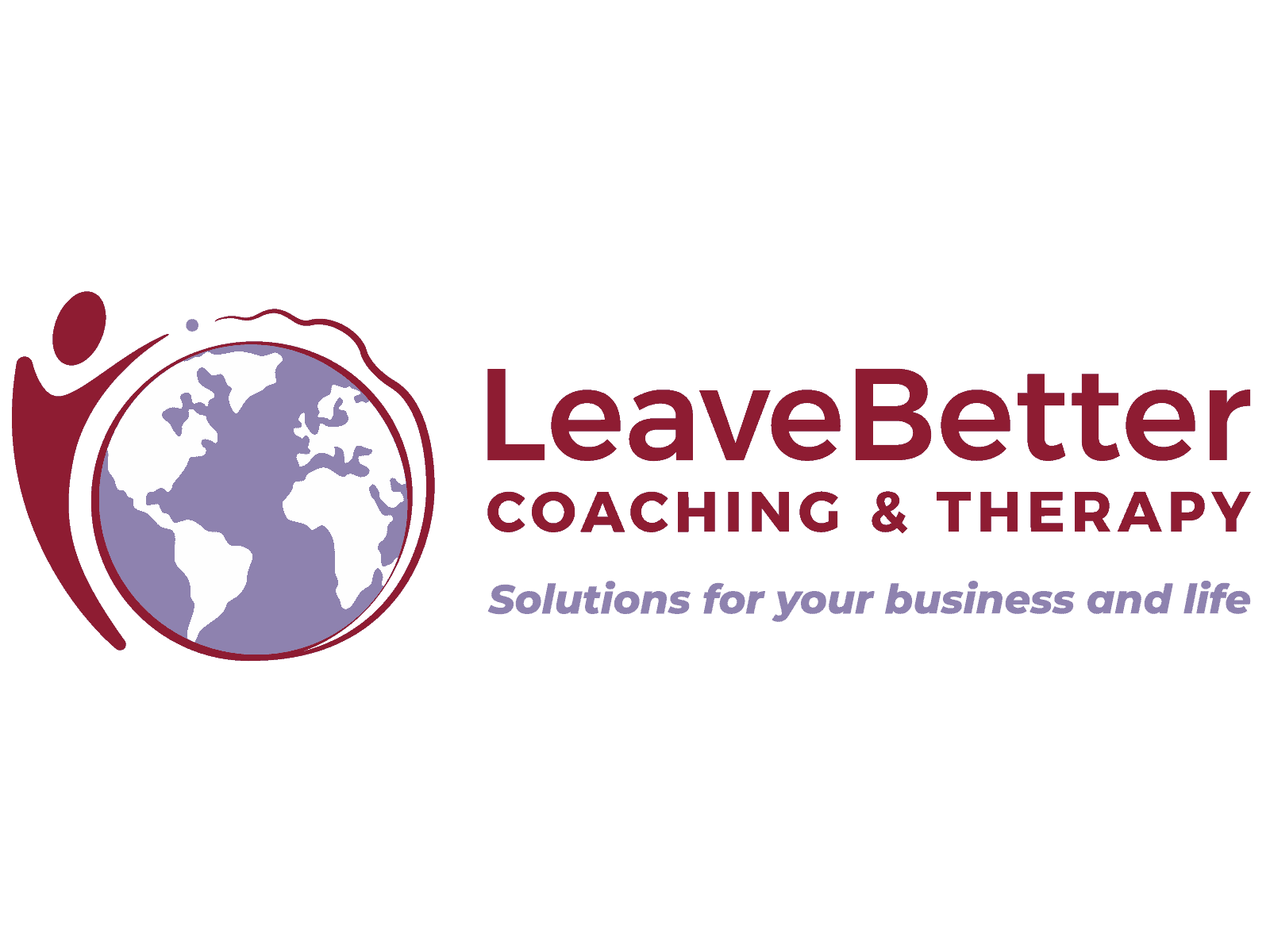Cash Flow and Cash Flow Analysis: 5 Important Questions

Did you know that cash flow and cash flow analysis might be two of the most important aspects of owning a business? If you don’t think about and pay attention to these factors, there is a good chance your business is going down.
You want to watch cash flow closely.
This is the reason SO MANY businesses fail. It’s not because they didn’t have a great product. It’s because they ran out of money.
Successful business owners/CEOs watch their business cash flow every day. They come up with a cash flow analysis system that makes sense to them and that then dictates their business actions.
Most experts agree that you want a safety net of 6-8 months of cash in the bank so that if you can see that you are running into trouble, you have a long time before the business goes down. Why? Because now you have 6 months to correct the problem.
First of all, what is Cash Flow? (It’s a little dry, so feel free to skip to the next section)
Investopedia.com has this to say about cash flow.
- Cash flow comes in three forms: operating, investing, and financing.
- Operating cash flow includes all cash generated by a company’s main business activities.
- Investing cash flow includes all purchases of capital assets and investments in other business ventures.
- Financing cash flow includes all proceeds gained from issuing debt and equity as well as payments made by the company.
- Free cash flow, a measure commonly used by analysts to assess a company’s profitability, represents the cash a company generates after accounting for cash outflows to support operations and maintain its capital assets.
Another way to think about cash flow:
Cash flow (and by default, cash flow analysis) keeps your business alive:
Cash flow is the money that is moving (flowing) in and out of your business in a month from all sources. Although it does sometimes seem that cash flow only goes one way—out of the business—it does flow both ways.
- Cash is coming in from customers or clients who are buying your products or services. If customers don’t pay at the time of purchase, some of your cash flow is coming from collections of accounts receivable.
- Cash is going out of your business in the form of payments for expenses, like rent or a mortgage, in monthly loan payments, and in payments for taxes and other accounts payable.
You always want to ask: How will this [decision] affect the cash flow of my business?
So many CEOs and owners make these decisions intuitively rather than based on actual numbers. They get excited about an idea or they get a “feeling” about something. Let me speak plainly here: you don’t want to do this.
You want to have actual metrics to help you make these kinds of decisions. The cash flow analysis statement records your company’s cash inflows and outflows at any given point in time. This is one of the most essential elements in your decision-making process. (Check this out for more info).
You want to know how many miles/gallon your car gets and how far is it to the next gas station. People who “wing it” (or try to “hope” their way while the car is on empty—sometimes they get lucky. However, often, you see them on the side of the road, needing someone to rescue them.
Another way to think about this is that money is like your blood, bringing oxygen to the system and getting rid of CO2. Your blood pressure is akin to your cash flow. If it’s too low, you are going to pass out. And if you are out, you are OUT.
Five Financial Questions to Ask Before Making a Product Decision:
1. How much cash will it take to bring this idea or product to market?
When you are looking at adding a new product or hiring a new person, you want to ask that all-important question: how will it play out with the money available to me? It may be the right decision, but not quite the right time, depending on what is happening with your cash flow situation.
2. What is the profit margin on this product?
Sometimes products are really good ideas, but there is no demand for them. A product may be in high demand, but the profit margin is so small that you would have to sell a huge volume of them before you would see any real return. Think of things like paper clips or dum-dum suckers. You need to know: can this product make you enough money without you having to bankrupt yourself getting it in front of customers. (Here’s a way to calculate profit margins).
3. When will we start making money on this product? i.e. how long will it take?
If you have adequate cash in the bank (let’s say 8 month’s worth instead of six) and the new product will require very little time to create and little time to promote, then it won’t impact your cash flow. But if it is the opposite, say you only have 5 months worth of reserve in the bank and then the product takes a very long time to create and is expensive to bring to market, then this is a different story. You are playing a high-stakes poker game with your company and you can expect to feel a lot of stress in that process.
4. How will launching this product affect our other income streams?
Will this launch take away time and resources from the income streams that are supporting the life of your company? If so, you need to think twice before taking action. Perhaps the launch needs to wait a bit until more reserves are saved up. Sometimes, companies find themselves in a “do or die” position. At that point, you know your cash flow will be impacted, but there may be little you can do about it.
5. What iterations of this product could we see for more money?
This is one of my favorite questions. Some entrepreneurs have to create the initial product and see success before moving on to the other iterations. Others can see these and plan for them right from the beginning. But what if you can generate five product iterations from one product? Not only does this bring you more revenue, but it also gives your business a sense of continuity and congruency.
Use These Questions to Generate Actual Real Numbers About Your Cash Flow.
Until you get to actual numbers, you are only hoping. The numbers don’t lie.
Don’t find yourself in a tight spot where you haven’t managed your cash flow well. Now you have to let go of valued employees or say no to amazing opportunities. All because you didn’t keep your finger on the pulse of your company’s cash flow.
Keep meticulous track of what is coming in and what is going out and when these things are happening.
An Example
Not too long ago I had a situation where my main source of revenue got delayed. There were some legal issues between two entities that had nothing to do with me, however, one of the companies accounted for 70% of my revenue at the time.
Simultaneously, I had recently invested a large portion of my company’s cash reserves in something that I felt would create significant future revenue opportunities.
Either situation would have been fine separately, but it was the timing of both of them happening at once (the one being something I could not predict).
What this did was make my cash flow incredibly tight.
In the end, it worked out fine, but had the other company delayed my payment several months further, it would have created real cash flow issues for me. It is an understatement to say I was a bit stressed!
That day, I learned my lesson about planning for some unpredictability in my accounts receivable. I restructured my cash flow systems a bit, and I do not anticipate having that problem again.
However, and this is why consistent cash flow analysis is so important—you won’t get caught by the same issue again, but there may be a new issue that crops up. Regular monitoring allows you to keep on top of the cash flow conundrum and succeed in your business. It also provides you with a sense of calm and centeredness that is required for you to win in business and life.

If you look at the above list and find these questions helpful in the functioning and success of your business, consider hiring LeaveBetter for some additional coaching. There are many other questions like these in key realms of business development that are strategic to the ongoing development of your business and life.
Reach out to me and we can get started working on that, or on your personalized Life Plan. As a certified coach and therapist, this is what I do best: helping people like you achieve the skills you need to reach your next level in your business and life.

